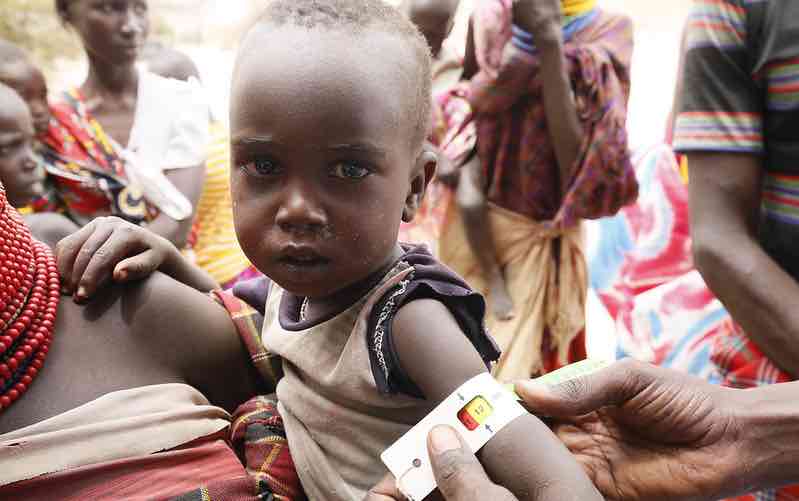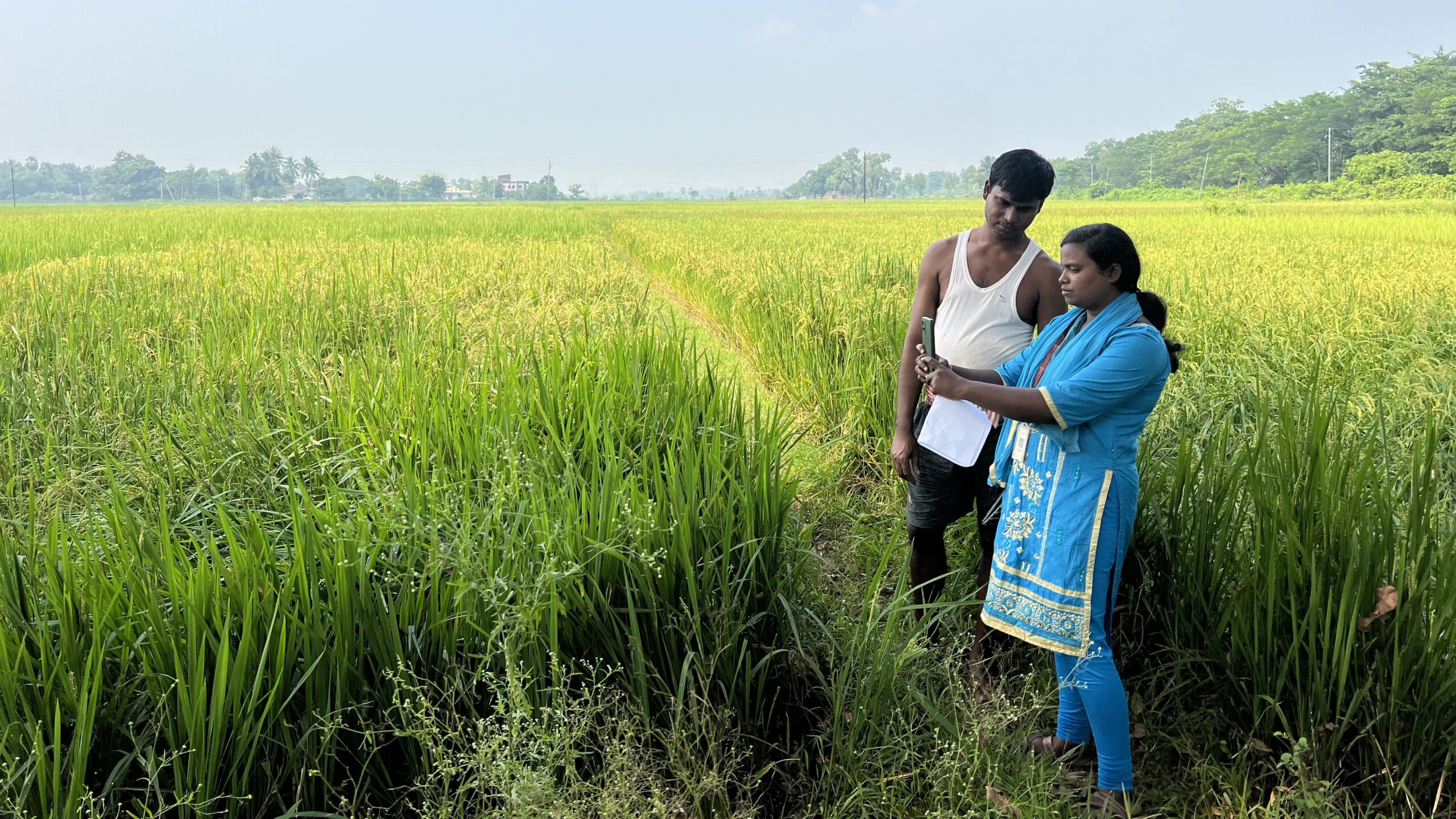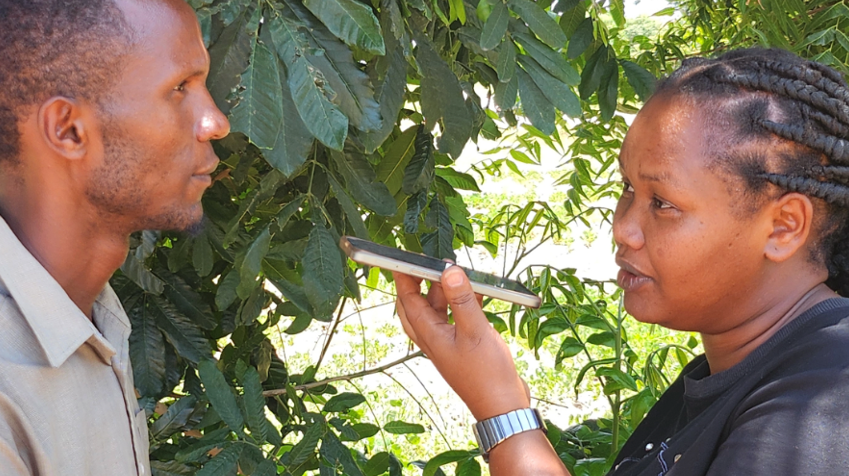An estimated 135 million people in 55 countries around the world faced acute levels of hunger in 2019, according to the 2020 Global Report on Food Crises, released April 20—the highest level of acute hunger seen since the report’s 2017 inception. In 2018, the number was 118 million in 53 countries.
The 2019 increase in food crises and acute hunger is all the more concerning in the face of the COVID-19 pandemic. Without urgent and widespread action, the report says, the spread of the pandemic to developing countries will further disrupt populations’ access to food, compounding existing food crises and spurring new ones.
The Global Report on Food Crises is prepared by 16 leading global and regional organizations belonging to the Global Network Against Food Crises, and released annually by the Food Security Information Network (FSIN), led by the UN Food and Agriculture Organization (FAO), the World Food Programme (WFP), and IFPRI. The report provides the latest estimates of severe hunger worldwide and at the country level, as well as analysis of the key drivers behind current hunger trends, to help humanitarian aid organizations and development organizations better coordinate to address the root causes of food crises. The data come mainly from the Integrated Food Security Phase Classification (IPC) and the Cadre Harmonisé (CH). The 2020 report monitors food insecurity in 55 countries vulnerable to food crises and provides in-depth analysis of causes of severe food insecurity for 27 countries.
Conflict continues to be a major driver of food crises around the world, but climate change-driven shocks and economic shocks also played a significant role in the 2019 numbers. All of these factors contribute to keeping the most vulnerable populations stuck in severe food insecurity, poverty, and hunger, and they can also push at-risk populations over the brink. The report found that in addition to the 135 million people already in acute food crises (IPC Phase 3 and above), an estimated 183 million others experienced stressed food security (IPC Phase 2) and were at risk of falling into acute levels of food insecurity if faced with even one additional stressor, such as an economic shock or negative weather event.
Overall, the majority of food-insecure people (around 73 million) live in Africa, followed by 43 million in the Middle East. Latin America and the Caribbean had an estimated 18.5 million people in IPC Phase 3 or above levels of food insecurity. The ten countries with the worst food crises (by numbers of people) were Yemen, the Democratic Republic of the Congo, Afghanistan, Venezuela, Ethiopia, South Sudan, Syria, Sudan, Nigeria (northern regions), and Haiti. In several of these countries (South Sudan, Yemen, CAR, Zimbabwe, Afghanistan, Syria, and Haiti), more than 35% of the population experienced IPC Phase 3 or worse food insecurity in 2019.
An estimated 77 million people faced acute food insecurity due to conflict in 2019, more than half of whom lived in the Middle East and Asia. In Africa, the Lake Chad Basin, Central Sahel, and East African regions were particularly hard hit by conflict-driven food crises. In addition, the world continues to see wide swaths of displaced people. As of mid-2019, 79 million people around the world were displaced, 44 million of them internally and 20 as refugees. Many countries hosting these refugee populations experienced high levels of acute food insecurity in 2019, further putting refugees at risk.
Negative weather events had a significant impact on Africa in 2019, particularly in the Horn of Africa and Southern Africa. Central America and Pakistan also experienced negative weather events that drove an increase in acute levels of food insecurity.
Economic shocks contributed to IPC Phase 3 and above food insecurity around the world as well, including in Venezuela, Zimbabwe, Haiti, and Sudan. This year is the first time that food crisis estimates have become available for Venezuela, where long-term economic recession, hyperinflation, and political and civil unrest have significantly reduced access to food for large portions of the population. Ninety-three million people, or one third of Venezuela’s total population, faced acute food insecurity between July and September 2019. Moreover, millions of Venezuelan refugees who have fled to neighboring countries—almost 15% of Venezuela’s total population—continue to face a lack of employment opportunities and lack of access to adequate nutritious food.
The report also provides a short-term forecast of food crises in 2020, although the initial data and analysis did not include the impacts of the current COVID-19 pandemic. The report anticipates that acute food insecurity and food crisis will remain highest in Yemen in 2020 as the result of a combination of conflict, economic crisis, and weather-related factors. Conflict will also continue to hurt food security in Central Africa, West Africa, and the Sahel, as well as parts of Asia and other Middle Eastern countries.
The severe desert locust outbreak seen in East Africa at the beginning of the year will likely impact food production in the region and outweigh the benefits of recent increased rainfall. Extreme weather events, coupled with high food prices and political instability, are also expected to drive food crises and insecurity in Latin America and the Caribbean through 2020.
The authors of the report also provided post-publication analysis of the implications of the COVID-19 pandemic on food security in 2020 and beyond. As global and national economies continue to contract in the face of the pandemic, households’ employment opportunities and subsequently incomes will likely be reduced. Disruptions to food value chains will likely result in higher food prices and reduced availability of and access to food, particularly for populations already at risk of food insecurity. Humanitarian needs across the globe are expected to rise, at the same time that reduced national budgets will make these needs harder to meet.
In the light of both new and continuing global challenges to food security, the report calls for urgent, coordinated action to step up public health responses and efforts to protect and strengthen global, regional, and local food value chains. This includes strengthening of social safety nets to protect vulnerable populations from both natural and man-made shocks, as well as encouraging cooperation among governments to prevent trade restrictions that would further reduce economic activity. In addition, continued near-real-time monitoring and data collection efforts are crucial to accurately understand the impact of COVID-19 on food security, hunger, malnutrition, and poverty.
Sara Gustafson is a freelance writer. This post also appears on the Food Security Portal blog.







